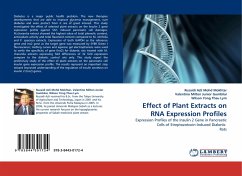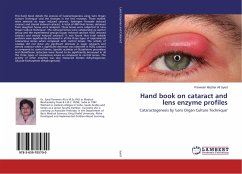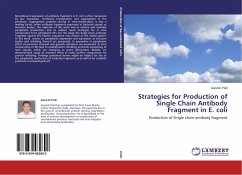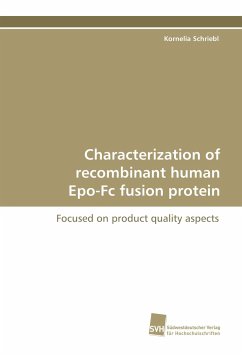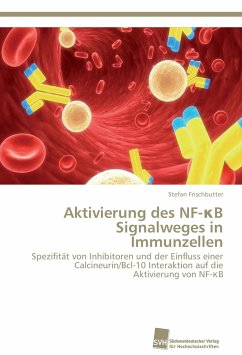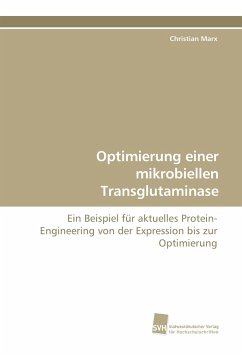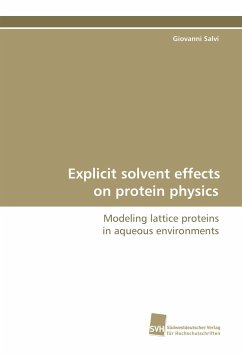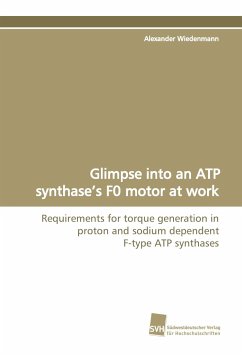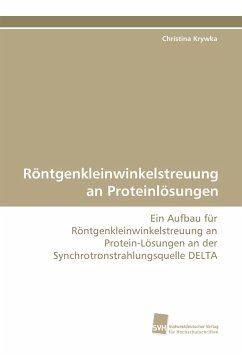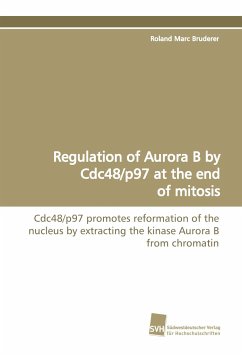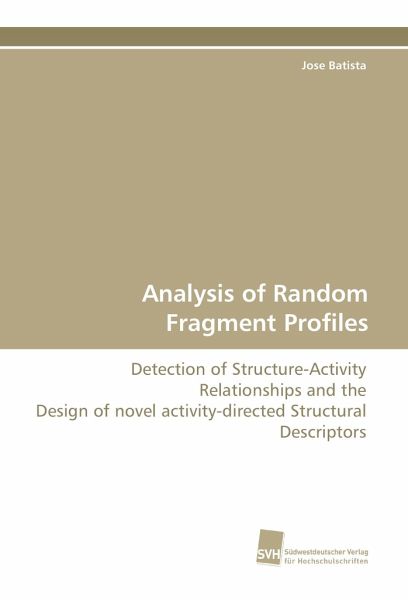
Analysis of Random Fragment Profiles
Detection of Structure-Activity Relationships and the Design of novel activity-directed Structural Descriptors
Versandkostenfrei!
Versandfertig in 6-10 Tagen
53,90 €
inkl. MwSt.

PAYBACK Punkte
0 °P sammeln!
Fragment-type descriptors are effective and widelyused tools incomputer-aided drug discovery. This book introduces anovel method that departs from traditional fragmentdesign schemes. Fragment profiles of molecules aregenerated by random deletion of bonds. Such profilescan be mined for substructures associated withdifferent compound classes. For the analysis ofmolecular similarity relationships, the profiles arequantitatively compared using entropy-based metrics.Similarity searching experiments on compound classeswith varying structural diversity produce promisingresults, in respect to traditio...
Fragment-type descriptors are effective and widely
used tools in
computer-aided drug discovery. This book introduces a
novel method that departs from traditional fragment
design schemes. Fragment profiles of molecules are
generated by random deletion of bonds. Such profiles
can be mined for substructures associated with
different compound classes. For the analysis of
molecular similarity relationships, the profiles are
quantitatively compared using entropy-based metrics.
Similarity searching experiments on compound classes
with varying structural diversity produce promising
results, in respect to traditional fingerprints. In a
further step, random profiles were minded for
dependency relationships of fragment co-occurrence,
which enables to isolate substructure pathways of
biological active compounds. So-called Activity Class
Characteristic Substructures (ACCS) can be identified
for molecules with similar activity. In virtual
screening, short ACCS fingerprints perform comparable
to state-of-the-art fingerprints of higher
complexity. Therefore, the analysis of randomly
generated fragment profiles open up new
possibilities for the design of fragment-type
descriptors.
used tools in
computer-aided drug discovery. This book introduces a
novel method that departs from traditional fragment
design schemes. Fragment profiles of molecules are
generated by random deletion of bonds. Such profiles
can be mined for substructures associated with
different compound classes. For the analysis of
molecular similarity relationships, the profiles are
quantitatively compared using entropy-based metrics.
Similarity searching experiments on compound classes
with varying structural diversity produce promising
results, in respect to traditional fingerprints. In a
further step, random profiles were minded for
dependency relationships of fragment co-occurrence,
which enables to isolate substructure pathways of
biological active compounds. So-called Activity Class
Characteristic Substructures (ACCS) can be identified
for molecules with similar activity. In virtual
screening, short ACCS fingerprints perform comparable
to state-of-the-art fingerprints of higher
complexity. Therefore, the analysis of randomly
generated fragment profiles open up new
possibilities for the design of fragment-type
descriptors.



